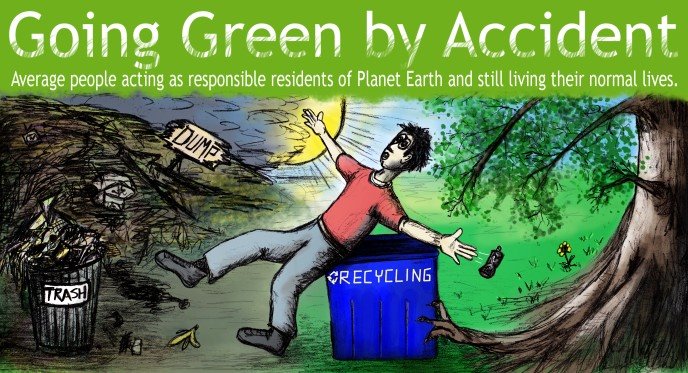
We often think that only large groups can affect change in our world, so we give up on doing anything ourselves. "I'm just one person," is often our mantra for inaction. All groups start with one person and while it may take years for that one person to see the fruits of their labors, without that one person, there would be no fruits.
Eva's cooperating teacher is just one person, but she is saving fruit from being wasted and providing a healthy snack for kids when their cravings start. She appears to be doing this because she thinks it's a good idea, probably not thinking about inspiring anyone else to adopt her responsible behavior. Her "one person" action has inspired Eva and next year there will be two people rescuing fruit.
I started recycling at home originally just to do "my part, " and then I wanted to encourage others, so I started the recycling program at my town home community. Four months later, at least 1/3 of my residents regularly recycle, but it hasn't stopped there. One of my employees and his roommates are recycling their soda bottles because they heard me talk about it and saw me doing it. A couple of the maintenance men also bring their plastics whenever they have work orders on my properties.
When one individual does his part to live responsibly, it rubs off and then 2 or 3 others start following that person's example and then others follow their examples and before you know it, you have a large group and change happens!
So how about we all be that "one person" and see what happens?








